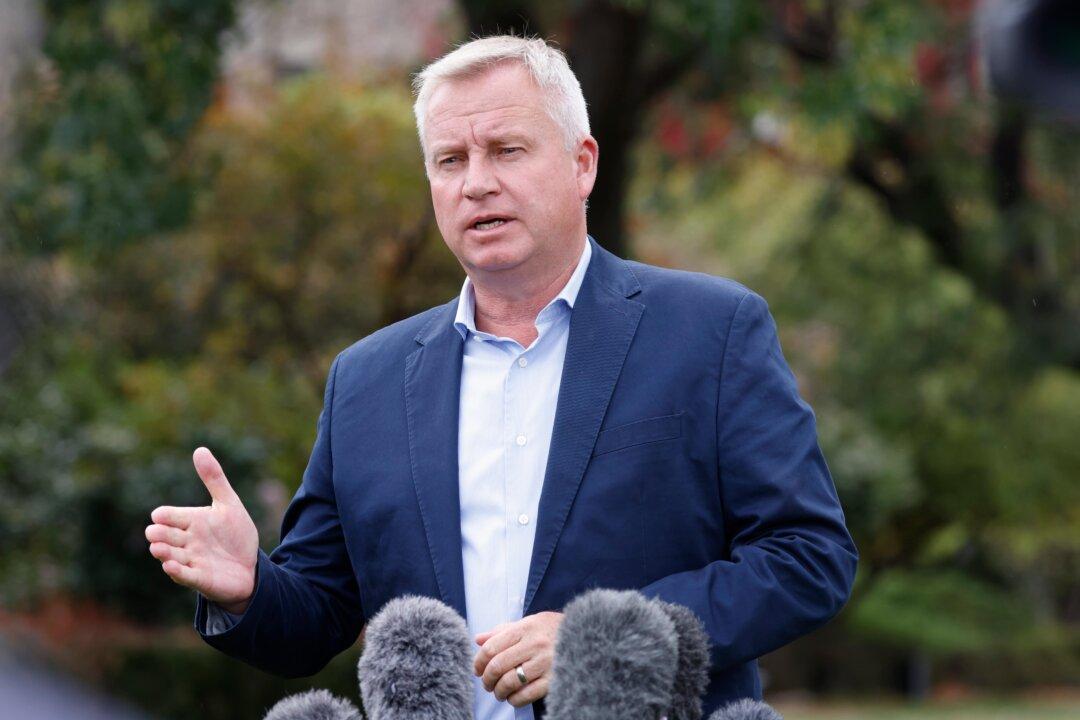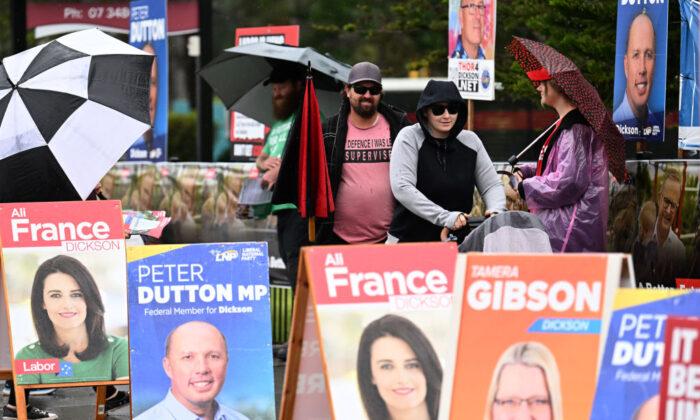Symbols matter. They tell us what the organisation or society treasures.
For the Christian, faith the symbol of the cross is deeply meaningful. For a soldier willing to lay down his life for his country, the national flag is a significant emblem—in Australia, its sown on their uniform.
Freedom movements, political movements, and community organisations all have their symbols and logos. They have them as a means of identity—a bit like school uniforms. Rotarians have their lapel badges. They help unify the particular group and identify them to the community and to each other.
A nation is no different. It too needs its symbols—flag, flora and fauna, and coat of arms. And so it is with that which appears on a nation’s currency.
The sovereign’s head has been part of currencies the world over and for many centuries. During the Roman Empire the various Caesars had their visage on the coinage.
Australian currency has been no different with the British monarch’s face on the coins and lowest paper/plastic note.

Enter into this tradition and practice, a new Australian government determined to create a republic who are set to erase the new King of Australia from the $5 note as part of its campaign to turn one of the world’s longest and most successful surviving democracies into a republic.
Removing the symbol from everyday life and the people’s connection with Australia’s highly successful constitutional monarchy will be forgotten is their cynical thinking.
Let there be no mistake, cynical thinking it is.
In an opportunistic attempt to justify the unjustifiable, the rationale offered for the unprecedented removal is to make way for “Indigenous art.”
Displaying indigenous visages or artworks on the currency is a worthy consideration. This was previously done on the Australian $1 note before its conversion into a coin with Her Majesty Queen Elizabeth II on one side.
The well-known phrase “two sides of the one coin” reminds us that there are always two sides to a unit of currency. So there is nothing stopping the government from recognising the new King of Australia as it should, as well as matters Indigenous.
The cynical and opportunistic raising of matters Indigenous is so threadbare and transparent that Australians will see the removal of King Charles’ visage from the $5 note for what it truly is.
Becoming a Republic Is Not the Best Path for Australia
With the passing of Her Majesty, many republicans were taken aback by the outpouring of grief and genuine affection in which Her Majesty was held. With respect to elected officials, there is never such an outpouring on their demise.The monarch holds a special place in the hearts of the majority of the population, and for good reason. A constitutional monarchs life is a life of service, dedicated to the well-being of their people.

In the league tables of democracy, there are seven constitutional monarchies in the top ten. The bottom 50 are all republics.
Australians have an unique system of government with many checks and balances protecting them from the excesses of those in power.
The monarchy is a vital safety valve and a unifying focus in that highly tuned and sophisticated system of government.
We should be celebrating that we are the beneficiaries of such a refined system of democracy and do all we can to preserve it for the generations to come. Preserving our democracy includes providing reminders of its traditions and symbols.
History has a habit of repeating itself. For those who beheaded King Charles I, things did not turn out as they had anticipated. Those removing the head of King Charles III from the $5 note will likely have a similar experience.





